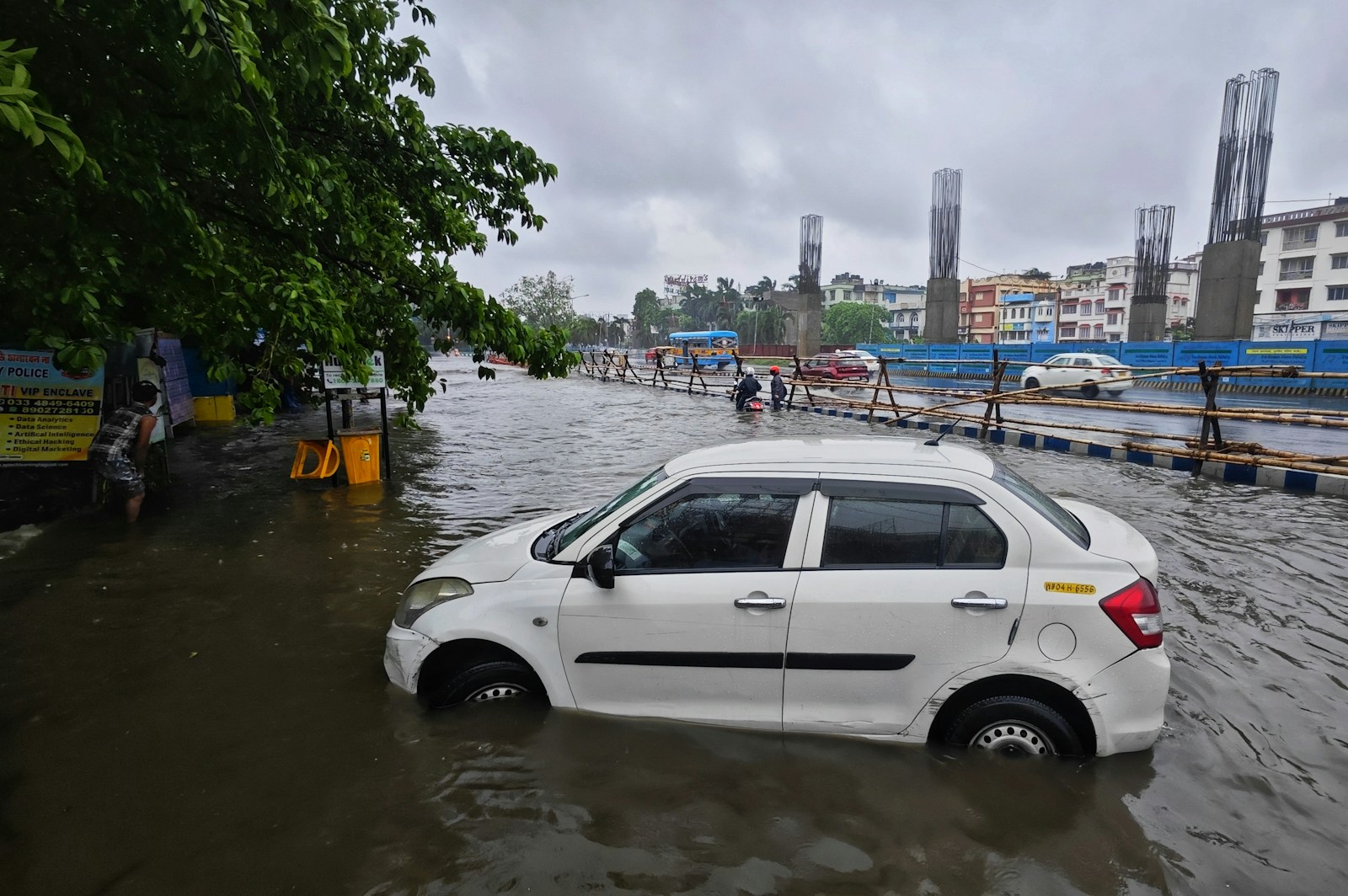Tropical storms in the United States from June through August 2024 damaged 89,000 cars, according to CarFax. In addition to the 454,000 water-damaged cars that Carfax shows returned to the roads in 2023. How to identify flood-damaged vehicle warning signs keeps you protected against costly mistakes and life-threatening safety issues.
Water-damaged vehicles are typically transported deep away from their local market after big storms to places where consumers may not be as familiar with the signs. The cars may appear good on the outside, but they hide extensive damage that generates ongoing electrical failures, rusting, and safety issues.
Interior and Odor Detection
The cabin helps to identify flood-damaged vehicles that unethical sellers struggle to hide completely. Stains, mildew, rust, and discoloration are all water damage car inspection checklists. Look for dirt or debris under the floor mat, carpet, or spare tire space.
Interior inspection checklist:
- Check for strong odors that pick up on mold growth or overpowering air freshener masking over water odors
- Inspect carpeting for moisture and look underneath the carpet for fading, stains, and rust
- Inspect for dust, mud, or signs of water puddling under areas like seat tracks, under the spare tire, and under carpeting
- Water spots, mildew, or sand and silt under carpets, headliner, and in the back of the dashboard
Inspect the trunk: Red flags in the trunk are water and trash, including under carpeting. If there is a line of water under the spare tire in the trunk, that’s a sign of flood damage. Pay attention to out-of-the-way places like under dome lights or glove compartments where trash gets stuck.
Read More: Subscription, Lease, or Own? Comparing Ownership Models
Electrical Systems and Undercarriage Inspection
Water-damaged vehicles are particularly vulnerable to electrical failure. This is the most expensive and hazardous zone of water damage, so a total electrical inspection is essential.
For an undercarriage check, inspect the undercarriage or whatever else for rust and flaking metal, which is not typically anticipated with late model cars. Take care to inspect the bodywork with special attention to the undercarriage, door trims, badges, and plastic trim for excessive corrosion.
The infotainment systems in new vehicles are particularly prone to failure when water enters them, similar to a smartphone, since they utilize the same technology. A buyer can discover a water-damaged vehicle if the nav system randomly reboots while they are test-driving it, which can lead to additional investigation that reveals extensive water damage throughout the electrical system.
Read More: 2025 Top Family Trucks and SUVs: A Buyer’s Guide
Critical Questions and When to Walk Away
To identify flood-damaged vehicles, it requires in-person interaction with sellers and knowing when to leave a deal on the table.
Questions to ask vendors:
- In particular, ask if and when the car was ever flood-damaged. Receive your replies in writing
- Request maintenance records and inquire about any electrical repairs
- Carfax Vehicle History Report, which clearly documents the entire history of the car
Leave immediately if sellers deny written assurance regarding flood history, if more than one electrical system fails, or if you find heavy rust not commensurate with the vehicle’s age. If they are not willing to offer clear proof, leave. The money and safety consequences of flood-damaged vehicles far outweigh any money you might save by buying such vehicles.
Read More: How to Choose the Right Truck for Towing



